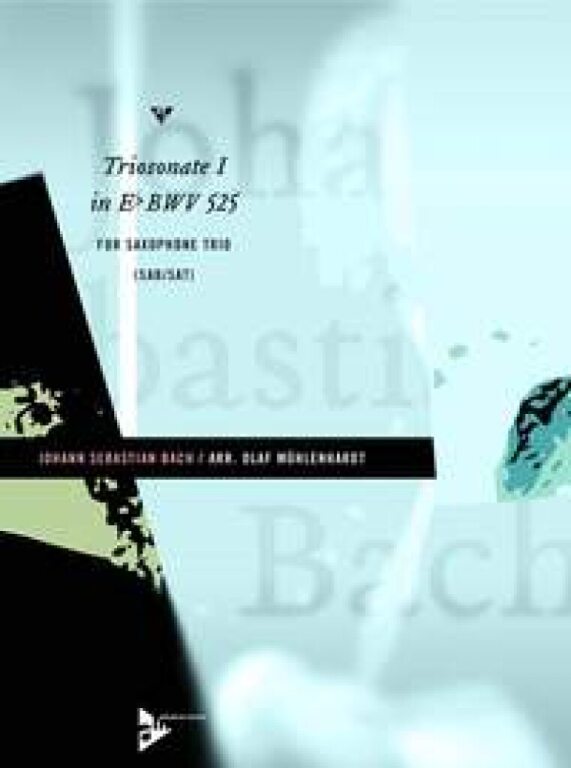THE MUSIC SHOP of Editio Musica Budapest Zeneműkiadó
Not available
Transcribed by Muehlenhardt, Olaf
Setting: Saxophone (more)
Instrumentation: 3 Saxophones [Sabar/Sat]
Period: Baroque
Length: 36 pages
Format: 23,1 x 30,3 cm
Weight: 0.22 kg
Published: January 1, 2005
Publisher: Advance Music
Item number: ADV7731
ISMN: 9790206301230
Bach composed the Trio Sonatas for organ BWV 525 - 530 between 1727 and 1730 when he was Thomaskantor in Leipzig. Bach's first biographer Johannn Nikolaus Forkel states that he composed them for his son Wilhelm Friedemann, 'who had to practice them in order to become the great organist he later turned into. One cannot say enough about their beauty.' As early as the middle of the 18th century, the first arrangement for violin, violoncello and bass was written. Countless versions for other instruments followed. Mozart arranged three movements for violin, viola and violoncello. In the 20th century Bartók and Kabalevsky made versions for piano solo. The trio sonata as a baroque genre usually employs four players: two solo parts (violin, flute or oboe), a bass part (violoncello, violone or bassoon) and the continuo part (organ, harpsichord or flute). Bach's Sonatas for organ require highly independent hands and feet and subtle differentiation to portray the three parts as two individual ins truments accompanied by a bass line. Obviously, the pedal part is not as virtuosic as it would be for the left hand of a keyboard player. And that makes it even more suitable for a less experienced tenor or baritone saxophone player in the present edition. To give those players who are not yet familiar with baroque music some ideas, I have included a few suggestions. Bach gave tempo instructions for all but the first movement. The metronome markings provide some orientation, the players should adjust the tempo according to their musical taste and capabilities. Except for the slurs at the beginning of the second movement, there are no further articulations in the manuscript. The articulations in this edition do not need to be taken literally, a slur does not always mean legato - it rather represents a musical unit, slight tonguing won't hurt the line.
 Deutsch
Deutsch Español
Español Français
Français Magyar
Magyar Polski
Polski Română
Română Slovenský
Slovenský Slovenščina
Slovenščina 中文
中文